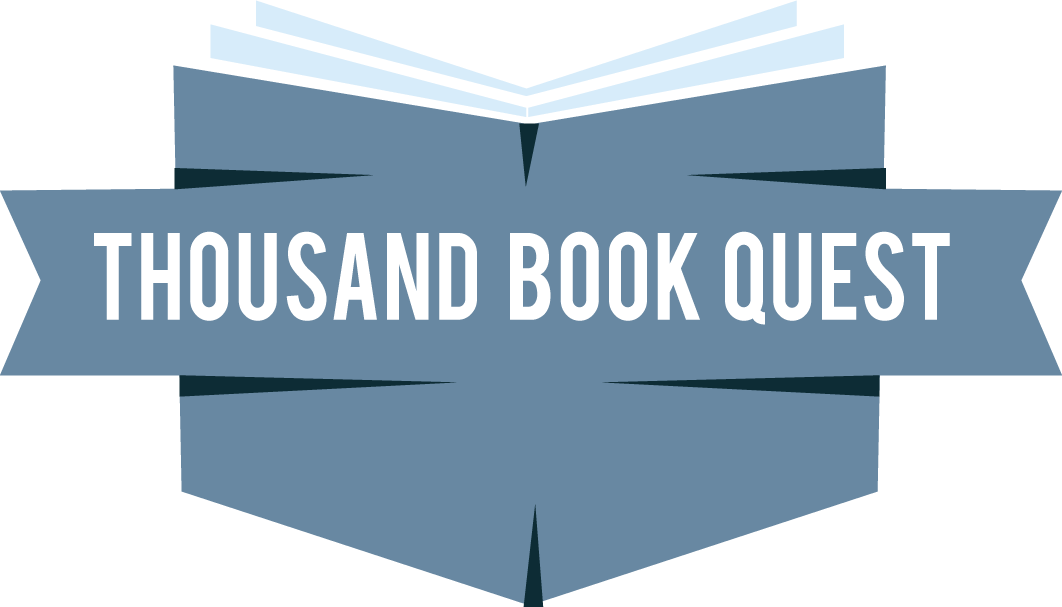146. Stiff: The Curious Lives of Human Cadavers
Rating: ☆☆☆
Recommended by: Boulder Librarian
Author: Mary Roach
Genre: Non-Fiction, Science, Medicine
320 pages, published 2003
Reading Format: Audio Book
Summary
I learned a lot from reading Stiff about a subject I didn’t even know would be interesting: the use of the dead for cadavers and as test subjects (think crash test dummies) and the brain dead for organ donation. For over two thousand years, cadavers have been involved in advancing the cause of science. In this unique book, Mary Roach explores what happens to our bodies postmortem and it is a fascinating tale.
Quotes
“The way I see it, being dead is not terribly far off from being on a cruise ship. Most of your time is spent lying on your back. The brain has shut down. The flesh begins to soften. Nothing much new happens, and nothing is expected of you.”
“You are a person and then you cease to be a person, and a cadaver takes your place.”
“One young woman’s tribute describes unwrapping her cadaver’s hands and being brought up short by the realization that the nails were painted pink. “The pictures in the anatomy atlas did not show nail polish”, she wrote. “Did you choose the color? Did you think that I would see it? I wanted to tell you about the inside of your hands. I want you to know you are always there when I see patients. When I palpate an abdomen, yours are the organs I imagine. When I listen to a heart, I recall holding your heart.”
“It is astounding to me, and achingly sad, that with eighty thousand people on the waiting list for donated hearts and livers and kidneys, with sixteen a day dying there on that list, that more then half of the people in the position H’s family was in will say no, will choose to burn those organs or let them rot. We abide the surgeon’s scalpel to save our own lives, out loved ones’ lives, but not to save a stranger’s life. H has no heart, but heartless is the last thing you’d call her.”
“We are biology. We are reminded of this at the beginning and the end, at birth and at death. In between we do what we can to forget.”
“The human head is of the same approximate size and weight as a roaster chicken. I have never before had occasion to make the comparison, for never before today have I seen a head in a roasting pan.”
“It’s the reason we say “pork” and “beef” instead of “pig” and “cow.” Dissection and surgical instruction, like meat-eating, require a carefully maintained set of illusions and denial.”
“Here is the secret to surviving one of these [airplane] crashes: Be male. In a 1970 Civil Aeromedical institute study of three crashes involving emergency evacuations, the most prominent factor influencing survival was gender (followed closely by proximity to exit). Adult males were by far the most likely to get out alive. Why? Presumably because they pushed everyone else out of the way.”
“Sharing a room with a cadaver is only mildly different from being in a room alone.
They are the same sort of company as people across from you on subways or in airport lounges, there but not there. Your eyes keep going back to them, for lack of anything more interesting to look at, and then you feel bad for staring.”
“Here’s the other thing I think about. It makes little sense to try to control what happens to your remains when you are no longer around to reap the joys or benefits of that control. People who make elaborate requests concerning disposition of their bodies are probably people who have trouble with the concept of not existing. […] I imagine it is a symptom of the fear, the dread, of being gone, of the refusal to accept that you no longer control, or even participate in, anything that happens on earth. I spoke about this with funeral director Kevin McCabe, who believes that decisions concerning the disposition of a body should be mad by the survivors, not the dead. “It’s non of their business what happens to them whey the die,” he said to me. While I wouldn’t go that far, I do understand what he was getting at: that the survivors shouldn’t have to do something they’re uncomfortable with or ethically opposed to. Mourning and moving on are hard enough. Why add to the burden? If someone wants to arrange a balloon launch of the deceased’s ashes into inner space, that’s fine. But if it is burdensome or troubling for any reason, then perhaps they shouldn’t have to.”
My Take
I always like learning about new things and I really learned about something new while reading Stiff. Roach’s book gave me an appreciation for how important the use of human cadavers has been to understanding how the human body and disease work, as well as how to build better transportation options to protect the living. We all owe a debt to those who came before us and donated their body to science and those who generously signed organ donation cards.
